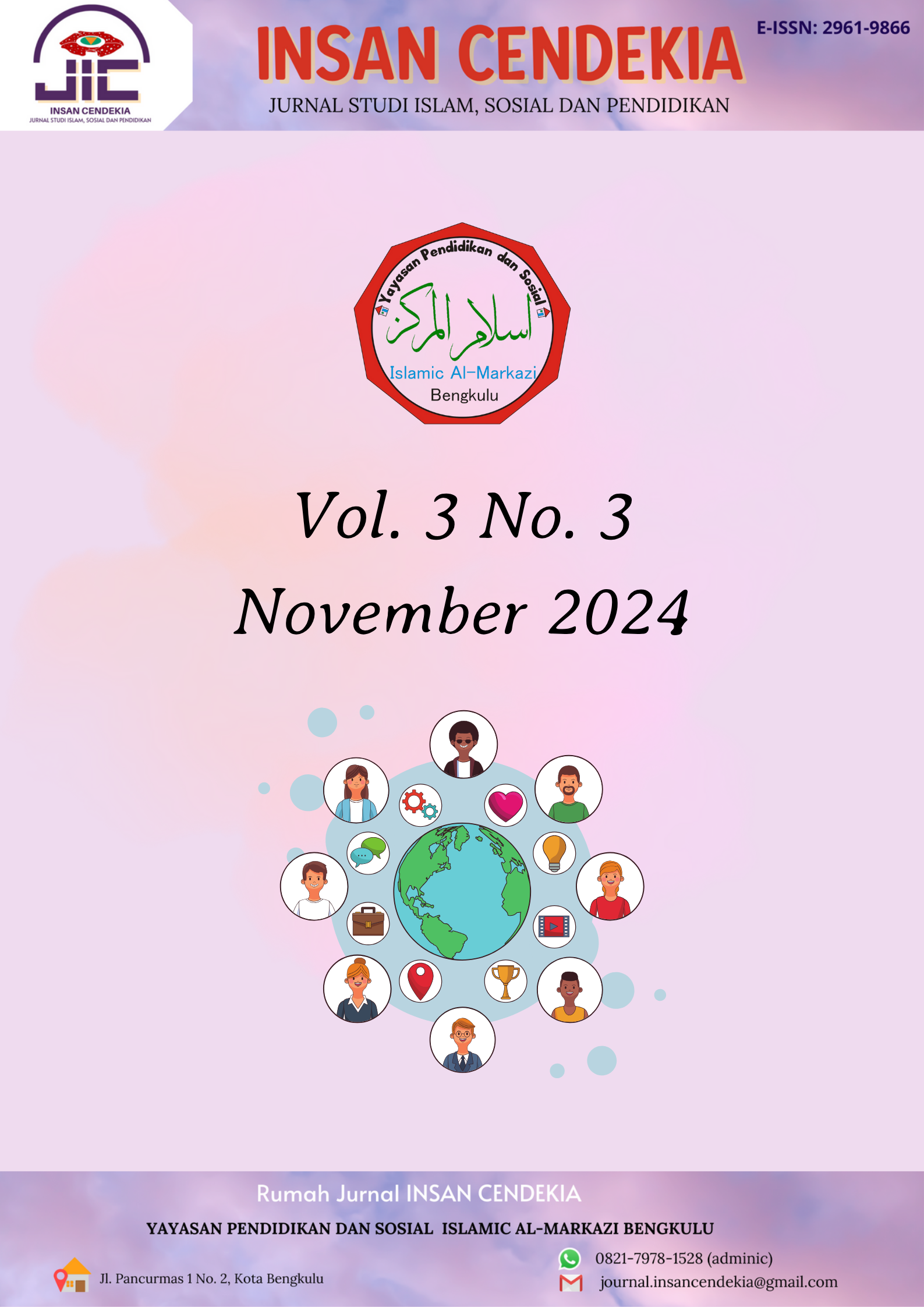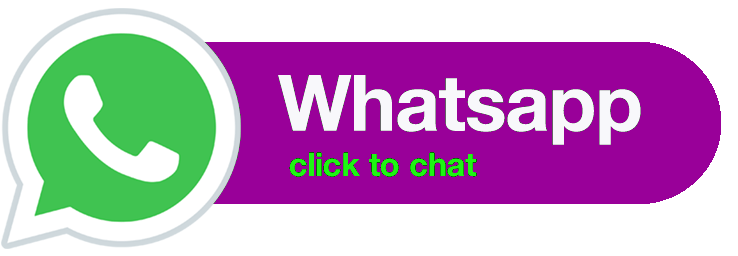PELAKSANAAN KEGIATAN DIGITAL CONTENT CREATOR “ENGLISH LEARNING VIA SOCIAL MEDIA PLATFORMS INSTAGRAM DAN TIKTOK” UNTUK PEMBELAJARAN BAHASA INGGRIS YANG INOVATIF DAN FLEKSIBEL
Keywords:
English Learning, Social Media, Digital ContentAbstract
Social media has revolutionized various sectors, including education, by serving as a powerful tool for communication and collaboration that educators can leverage for English language learning. The growing significance of English proficiency, driven by globalization and rapid technological advancements, makes its acquisition essential in Indonesia. However, students frequently encounter difficulties and disinterest due to inefficient teaching methods. This study aimed to explore the use of Instagram and TikTok as interactive platforms for English language instruction, identifying methods, strategies, and outcomes, and assessing their effectiveness and benefits. Social media platforms like Instagram and TikTok provide innovative and flexible solutions for engaging English language learning, particularly for millennials. These platforms facilitate the presentation of visual and interactive content, such as song lyric videos, conversation sketches, grammar infographics, and live Q&A sessions, thereby promoting active, immersive learning and improving English comprehension and skills. Research indicates that Instagram and TikTok have shown positive results in various educational settings, enhancing students' writing skills and enriching their technical vocabulary through authentic contexts. The use of these platforms makes the learning process more enjoyable, boosting student motivation and interest in developing their language abilities. Despite these benefits, challenges such as limited internet access, high data consumption, low digital literacy, distractions from entertainment content, and a lack of curriculum support and teaching strategies for educators persist. Therefore, it is crucial to strengthen digital infrastructure, provide digital literacy training, develop targeted strategies to maintain focus on educational content, and enhance support for teachers in effectively integrating social media into their teaching methodologies.
References
Al-Mekhlafi, A. M., & Al-Aghbari, A. M. (2018). The effectiveness of using social media in enhancing EFL learners’ writing skills. International Journal of English Language and Literature Studies, 7(1), 107-118. (Meskipun tidak spesifik TikTok/Instagram, artikel ini membahas efektivitas media sosial secara umum dalam pembelajaran bahasa Inggris sebagai bahasa asing - EFL)
Balkist, P. S., Dasari, D., & Fitriasari, P. (2023). Analisis Pengalaman Pengembangan Diri Guru Matematika Terhadap Pembelajaran Yang Berdiferensiasi Dan Mendorong Berpikir Kritis. AKSIOMA: Jurnal Program Studi Pendidikan Matematika. https://doi.org/10.24127/ajpm.v12i1.6829
Belajar Bahasa Inggris Dari Media Sosial. (2020). Kampung Inggris Online. https://kampunginggris.online/belajar-bahasa-inggris-dari-media-sosial/
Firdaus, M. (2020). The effectiveness of using Instagram for teaching English descriptive text. ELT-Lectura, 7(1), 1-9. (Contoh spesifik penggunaan Instagram dalam pembelajaran bahasa Inggris)
Hadi, D. F., & Zakiah, K. (2021). Strategi Digital Marketing Bagi UMKM untuk Bersaing di Era Pandemi. Competitive.
Hakim, M. A. R., & Serasi, R. (2021). Rekonstruksi Model Pengajaran Blended Learning Pada Program Studi Tadris Bahasa Inggris Sebagai Salah Satu Solusi untuk Sistem Pembelajaran Daring di Masa Pandemi Covid-19. Bengkulu: CV.Zigie Utama
Huda, M. A., & Pratiwi, H. (2020). The use of TikTok as a media for learning English among university students. International Journal of Educational Technology and Learning, 1(1), 21-27. (Studi yang lebih baru dan spesifik tentang TikTok).
Hulu, Y. (2020). Kajian Sistematik: Pendekatan Pengajaran dan Impak Khazanah Pengetahuan dalam Pembelajaran Sains. Jurnal Pendidikan Sains & Matematik Malaysia.
Hulu, Y. (2023). Problematika Guru Dalam Pengembangan Teknologi dan Media Pembelajaran. ANTHOR: Education and Learning Journal. https://doi.org/10.31004/anthor.v2i6.285
Ramazanova, D., Togaibayeva, A., Yessengulova, M., Baiganova, A., & Yertleuova, B. (2022). Using Instagram to raise the effectiveness of distance learning in English: The experience of Kazakhstani students. Frontiers in Education. https://doi.org/10.3389/feduc.2022.923507
Saefullah, A., Fahri, F., Arda, D. P., Fadli, A., Saksana, J. C., & Moeljono, M. (2023). Sosialisasi dan penyusunan Raperda Pendidikan Dasar di Kabupaten Pesisir Selatan. Abdimas Dewantara, 6(1), Article 1. https://doi.org/10.30738/ad.v6i1.14658
Saputri, N. M. I., Amri, K., Pulungan, H. R., Daulay, I. R., Siregar, R. W., Sari, I., & Tobing, R. L. (2024). Fenomena Pengguna Zat Adikti Inhalen (Lem) Di Indonesia. Ristekdik : Jurnal Bimbingan dan Konseling. https://doi.org/10.31604/ristekdik.2024.v9i1.126-132
Suhartatik, S., Pusparini, I., & Hakim, M. A. R. (2020). The Development of Virtual Media Based Power Point Presentation (PPT) in Intermediate Speaking in Ikip Budi Utomo Malang. International Journal of Multicultural and Multireligious Understanding, 7(9), 1-10
Sulasno, S., Hapsari, F. I., & Erlawati, E. (2022). Using Instagram to Teach Writing Descriptive Text. Proceedings Series on Physical & Formal Sciences. https://doi.org/10.30595/pspfs.v3i.262
Wibowo, T., & Ellysinta, V. (2022). Studi Penerapan Media Sosial Sebagai Media Pembelajaran Yang Potensial dan Efektif: Studi Kasus Instagram @theenglishnut. Jurnal Teknologi Informasi
Downloads
Published
Issue
Section
License
Copyright (c) 2025 Fasya Amanda Syari, Haruwan Lupiarto Reza Susangkut, Nurlaila Harahap, Putrie Aulia, Kelly Maharani

This work is licensed under a Creative Commons Attribution-ShareAlike 4.0 International License.
LICENSE TO PUBLISH:
1. License
Authors who publish with Insan Cendekia agree to the following terms: Authors retain copyright and grant the Insan Cendekia right of first publication with the work simultaneously licensed under the Creative Commons Attribution-ShareAlike 4.0 International (CC BY-SA 4.0) license, that allows others to share (copy and redistribute the material in any medium or format) and adapt (remix, transform, and build upon the material) the work for any purpose, even commercially with an acknowledgement of the work's authorship and initial publication in Insan Cendekia.
2. Author’s Warranties
The author warrants that the article is original, written by stated author/s, has not been published before, contains no unlawful statements, does not infringe the rights of others, is subject to copyright that is vested exclusively in the author and free of any third party rights, and that any necessary written permissions to quote from other sources have been obtained by the author/s.
3. User Rights
Under the Creative Commons Attribution license, the author(s) and users are free to share (copy, distribute and transmit the contribution).
4. Rights of Authors
Authors retain the following rights:
- copyright, and other proprietary rights relating to the article, such as patent rights,
- the right to use the substance of the article in future own works, including lectures and books,
- the right to reproduce the article for own purposes, provided the copies are not offered for sale,
- the right to self-archive the article.
5. Co-Authorship
If the article was prepared jointly with other authors, the signatory of this form warrants that he/she has been authorized by all co-authors to sign this agreement on their behalf, and agrees to inform his/her co-authors of the terms of this agreement.
6. Termination
This agreement can be terminated by the author or Insan Cendekia upon two months’ notice where the other party has materially breached this agreement and failed to remedy such breach within a month of being given the terminating party’s notice requesting such breach to be remedied. No breach or violation of this agreement will cause this agreement or any license granted in it to terminate automatically or affect the definition of Insan Cendekia.
7. Royalties
This agreement entitles the author to no royalties or other fees. To such extent as legally permissible, the author waives his or her right to collect royalties relative to the article in respect of any use of the article by Insan Cendekia or its sublicensee.
8. Miscellaneous
The Insan Cendekia will publish the article, or arrange for its publication, provided that the editorial process is successfully completed and the journal or its sublicensee becomes obligated to publish the article. The Insan Cendekia reserves the right to edit the article for consistency in punctuation, spelling, capitalization, and style, as deemed appropriate.




